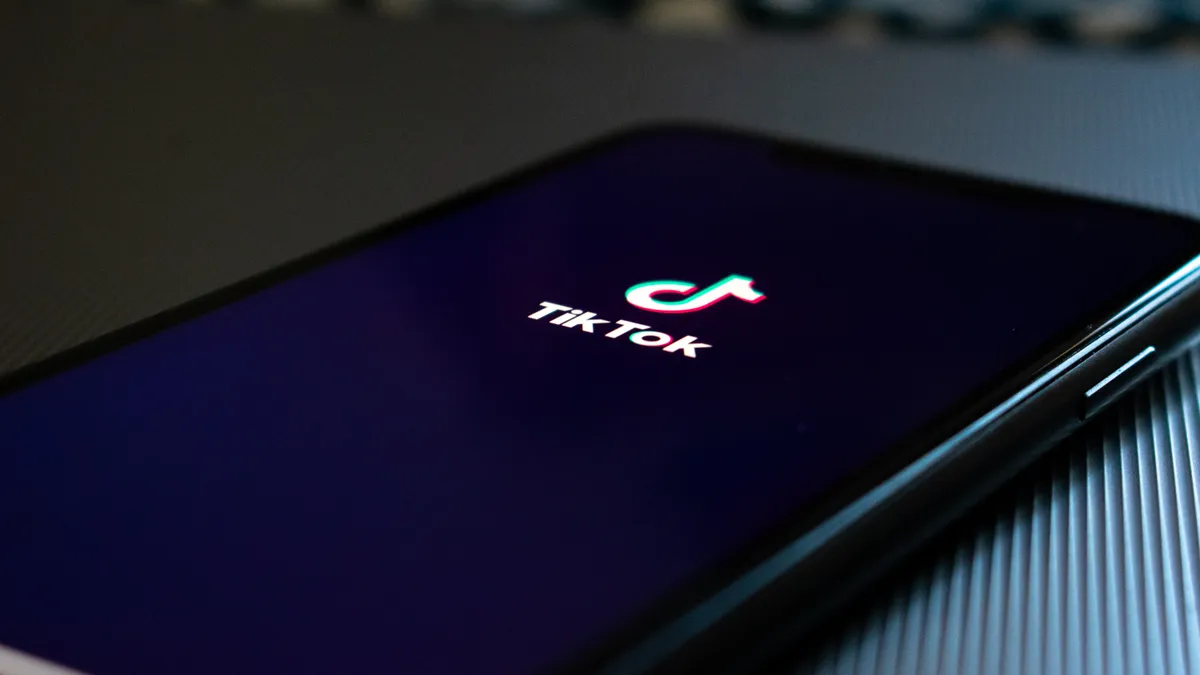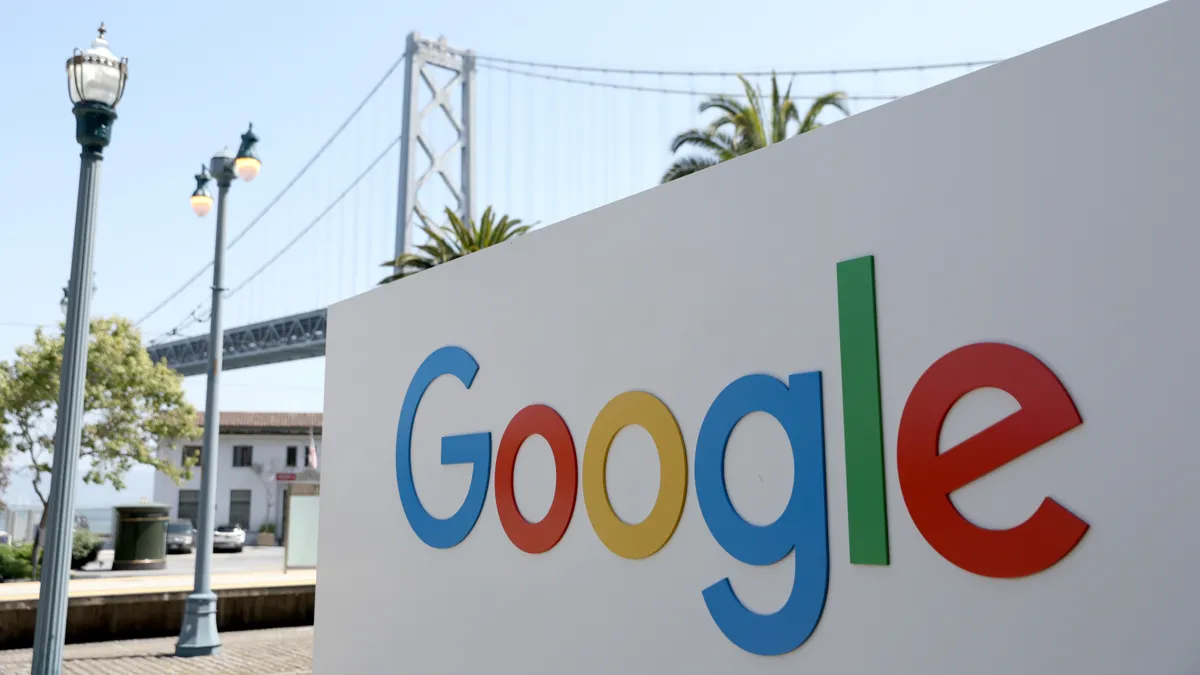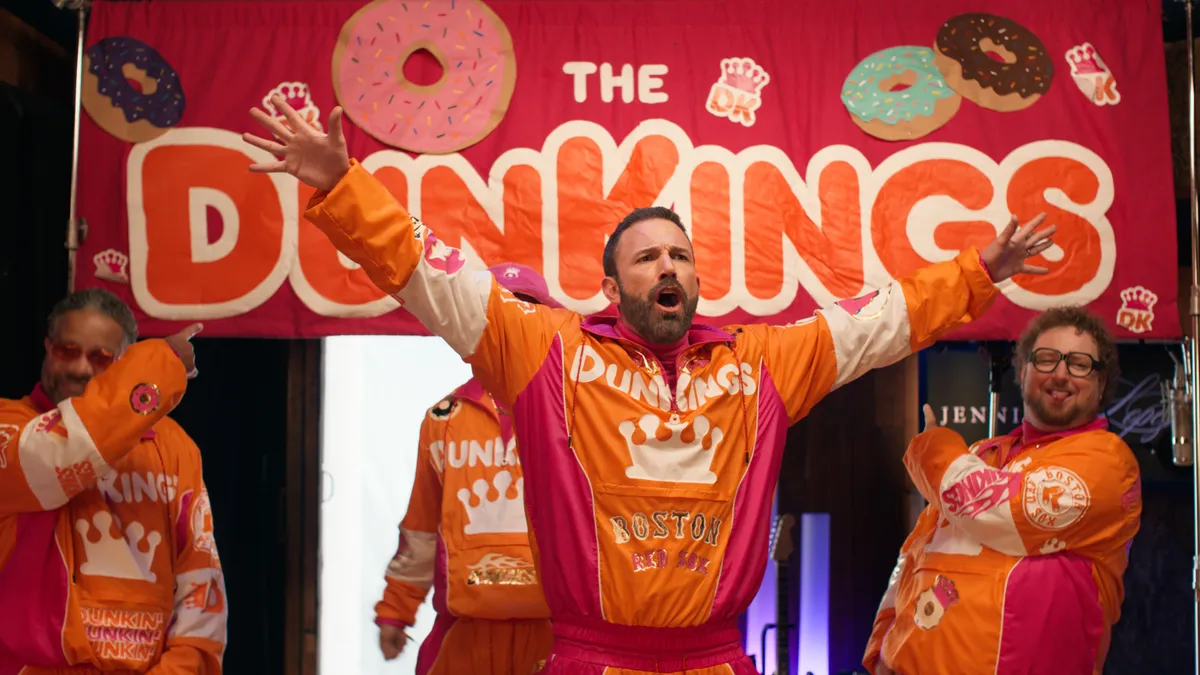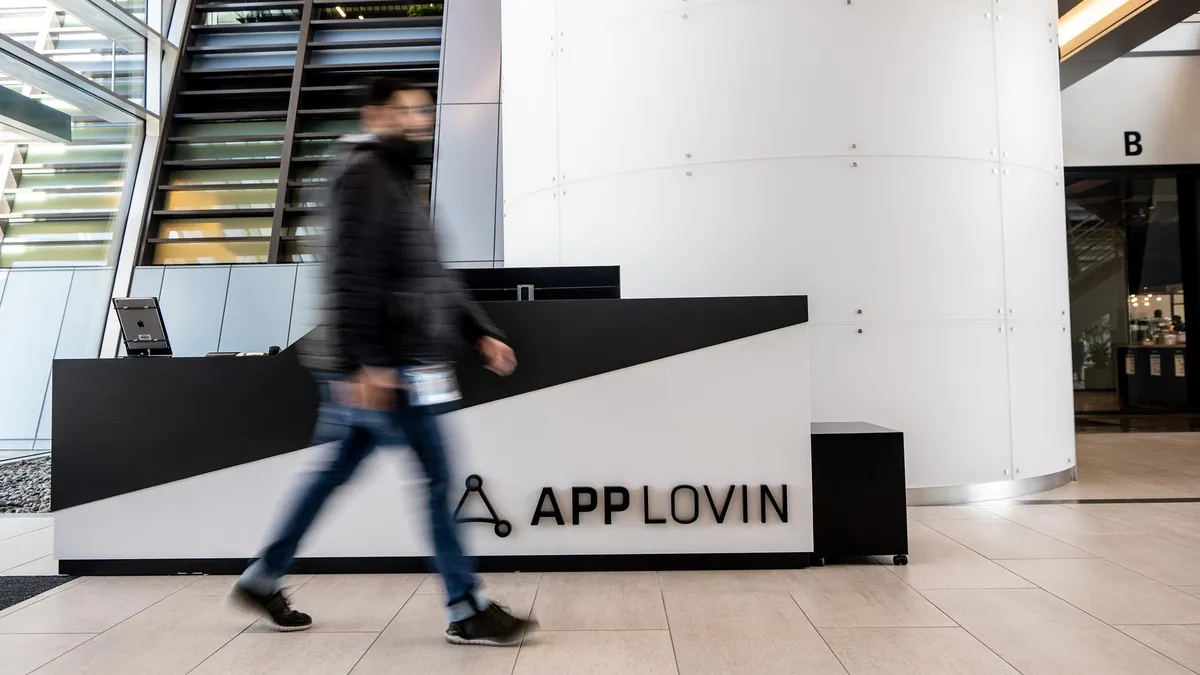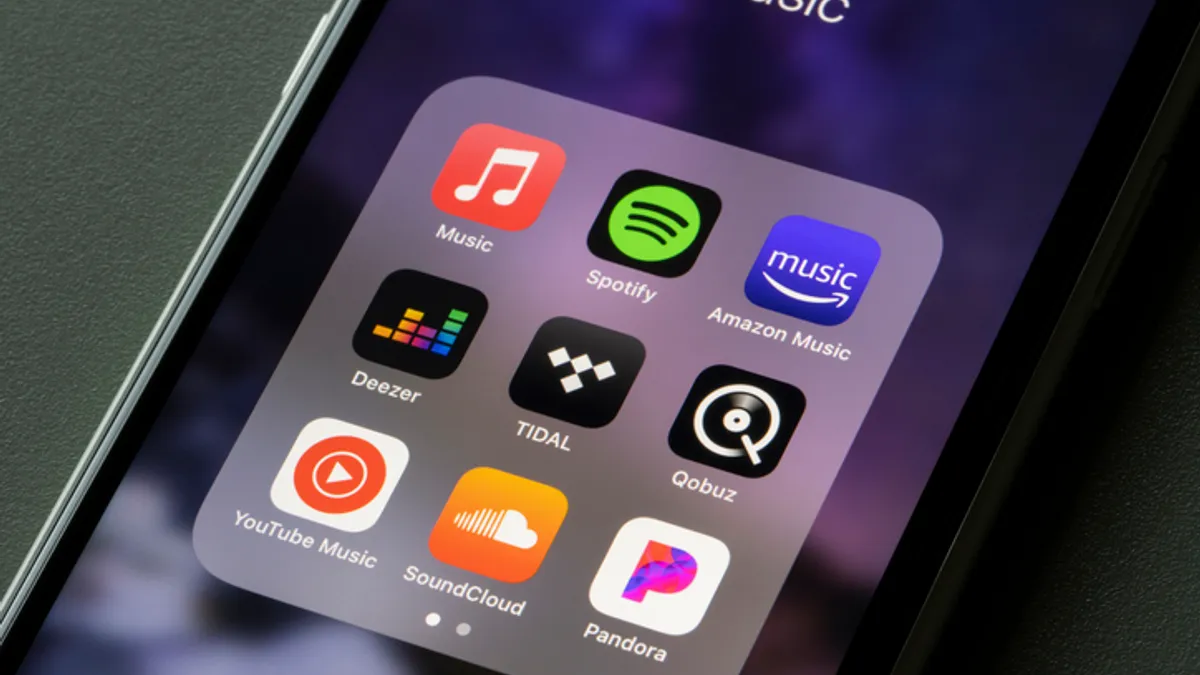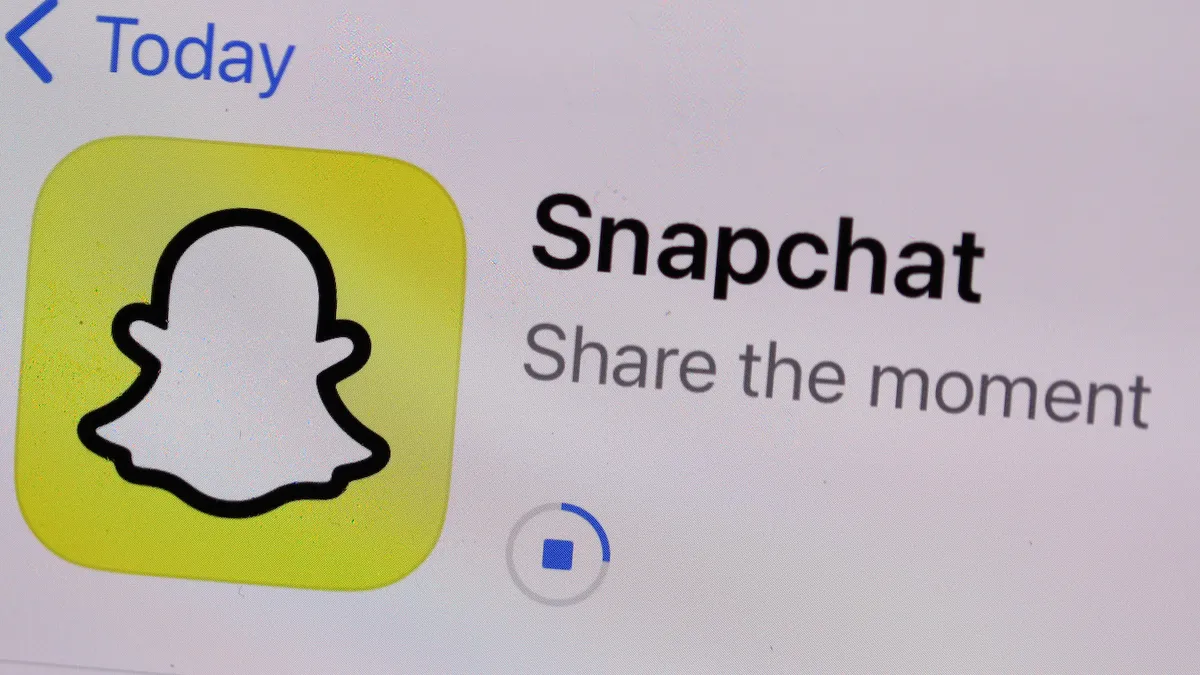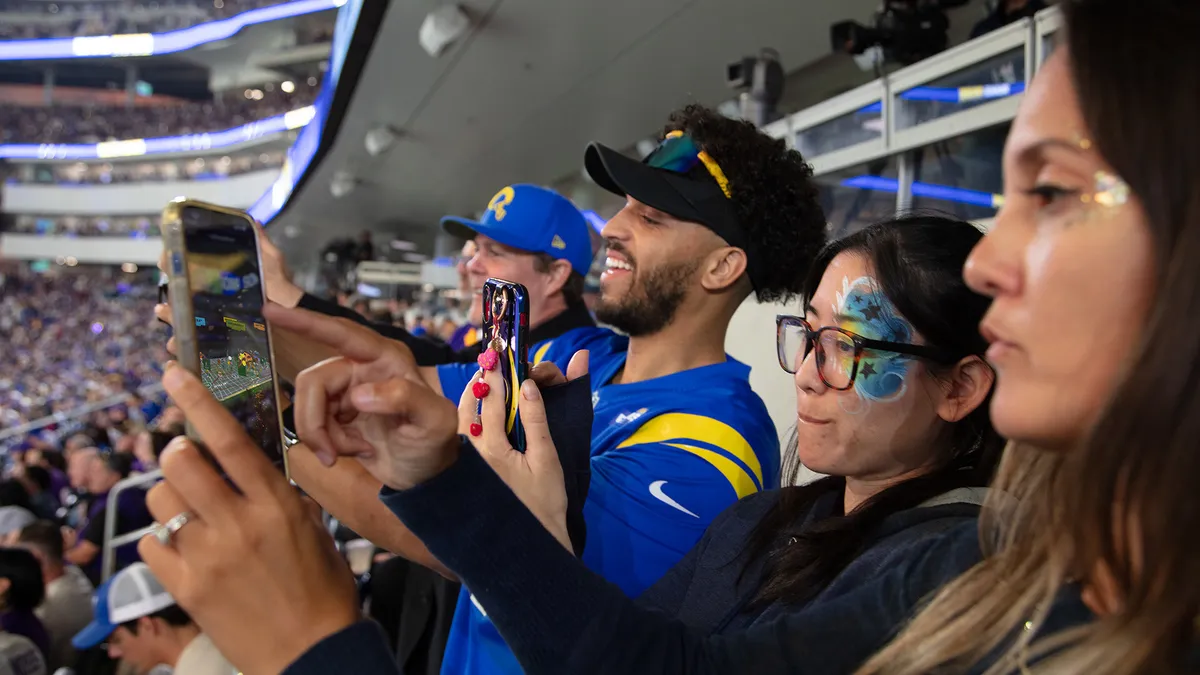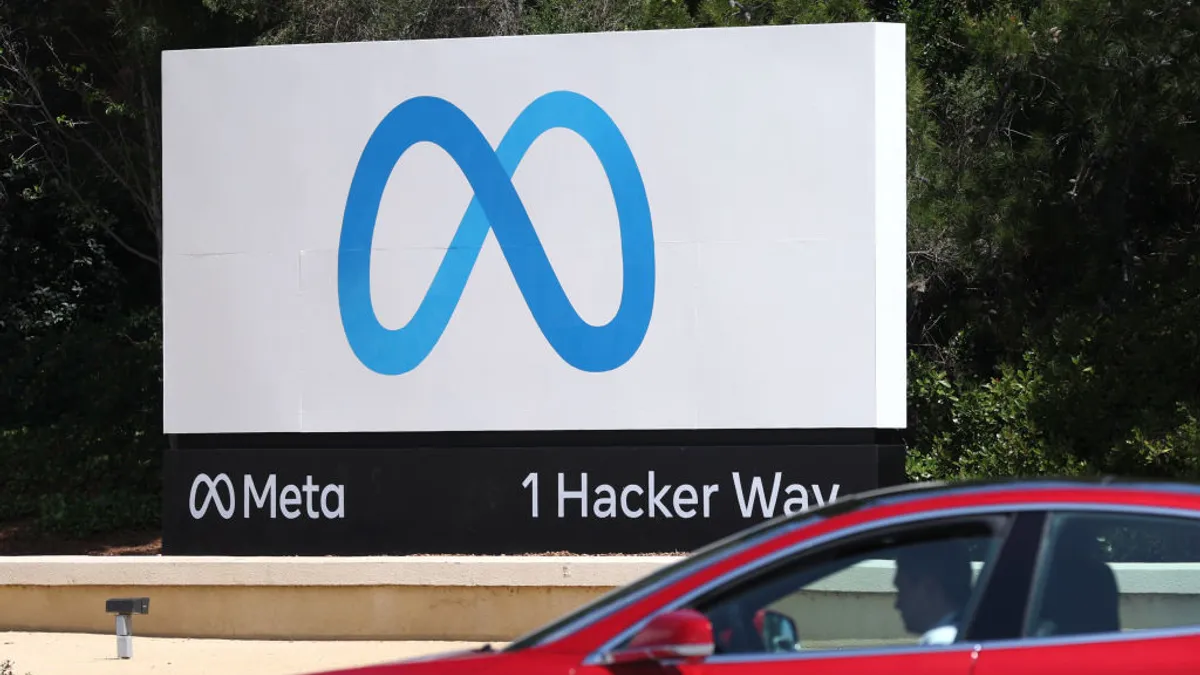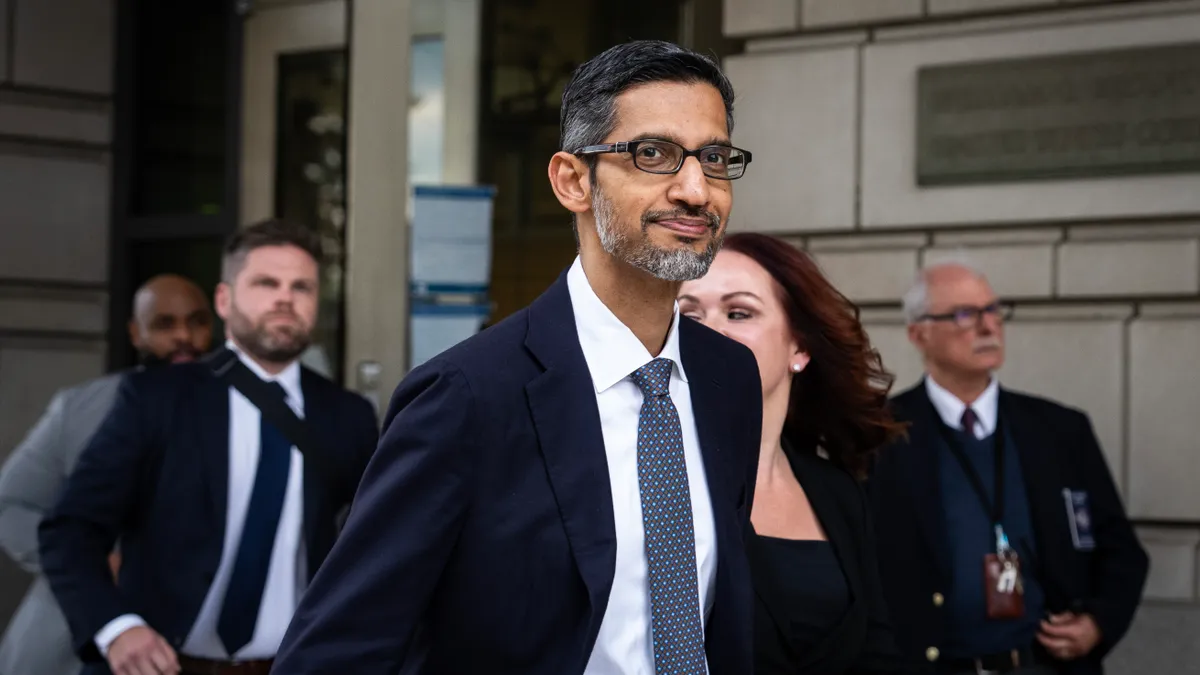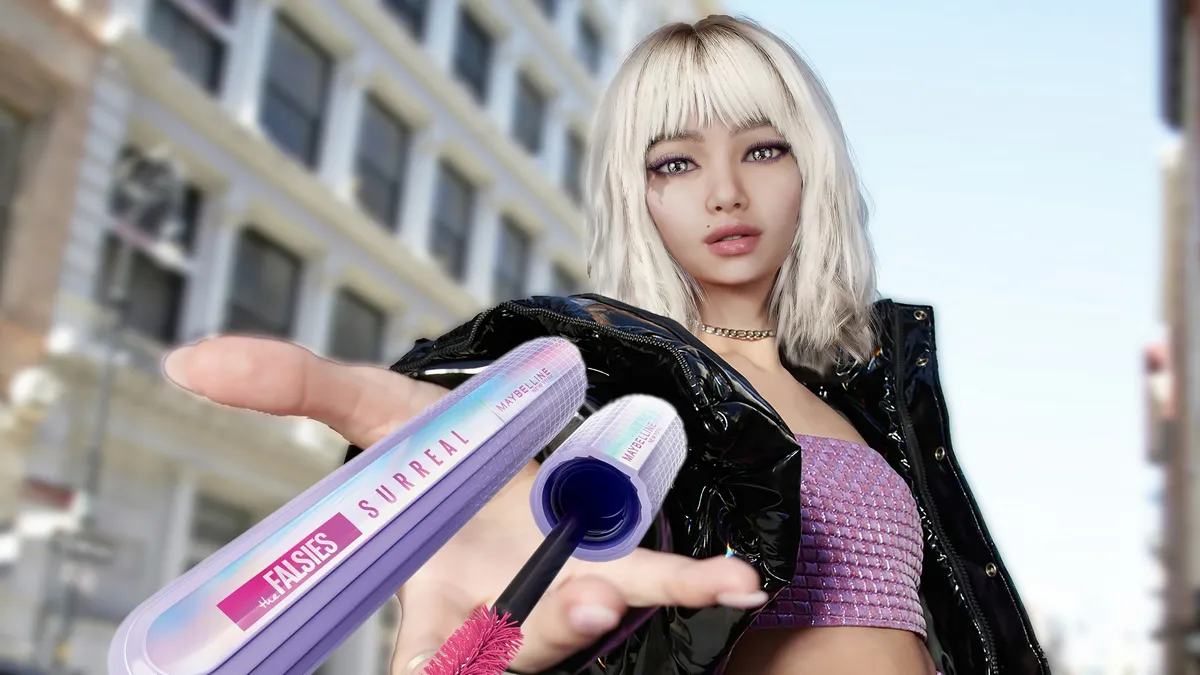The following is a guest post from Andrew Reid, founder and CEO of Rival Technologies. Opinions are the authors' own.
In the world of technology, it's sometimes hard to determine what platforms or services are built to last, and which will fade into distant memories (Friendster, anyone?). But an important milestone for any technology is one billion users: How long does it take Technology A or Platform B to attain broad reach on a truly global scale?
Some technologies that are widespread today took a very long time: in the case of debit cards, it took over 40 years to reach the one-billion-user mark, while smartphones took 16 years. For the internet — as pervasive in the lives of digital natives as the air they breathe — more than 14 years passed. Even Facebook didn't reach the threshold until 2012, eight years after Mark Zuckerberg launched his social-networking behemoth.
And then there's TikTok. The app — most popular with those in the 16-24 age group — allows users to create short music, dance, comedy or talent videos, ranging in length from three to 60 seconds. It started in China in September 2016 as an app called Douyin but expanded globally as TikTok a year later. Today, there are over a billion users for TikTok and 500 million for Douyin — all in under four years.
When platforms take off that quickly, marketers must pay attention — and more importantly, they need to adjust long-held strategies.
A creative, tech-savvy generation
All of the major social media players realize that Generation Z, those born in the late 1990s and early 2000s, use social media in a more involved manner than their parents or Millennial cousins. The highly produced videos on TikTok can take hours to put together, with intricate soundtracks and painstaking choreography.
For marketers, the potential with TikTok is tremendous: the app's top users have an unparalleled ability to make content go viral. They are creative, connected and resourceful individuals, and can provide brilliant ideas and feedback on your next big product launch or marketing campaign. Examining the culture that has emerged out of TikTok provides valuable insights on how to tap into the creativity of this generation.
Activating real action
Contrary to popular belief, TikTok has moved well beyond its early days of catchy memes: Now, TikTok videos are being used to tell stories, stage protests and engage with the world in a serious and compelling way on the most important social issues.
In July, our sister company Reach3 Insights used our platform to look at TikTok's role as a driver of social activism. The findings demonstrated just how engaged Gen Z is: Of the 495 people surveyed, 76% of those 13-24 said Black Lives Matter was the social issue that mattered most to them, compared to 44% of those aged 25 and up. Similarly, issues ranging from gun violence to women's rights, LGBTQ+ rights to climate change, scored significantly higher amongst Gen Z than with older cohorts.
And TikTok is seen as a vehicle for change: 57% of Gen Zs surveyed said TikTok helps to keep them abreast of the news, with 77% saying it's helped them learn more about social justice and politics. On the pressing topic of Black Lives Matter, 94% of users think TikTok has led to meaningful action — a sentiment borne out by the facts: 26% of TikTok users report they've attended a BLM protest, which is twice the percentage of non-TikTok users.
Engaging with the TikTok generation
Gen Zers are notoriously difficult to conduct continuous research with, but TikTok represents a fresh opportunity for marketers who are willing to fully embrace a mobile-first ecosystem. TikTok videos seamlessly combine text, videos, audio and images in a way that is made specifically for smartphones, which is vastly different from the clunky, email-based surveys that many marketers historically rely on. If we want Gen Zers to share their unfiltered opinions, we should look at the ways they communicate with each other online, and recreate the look and feel of those interactions.
Perhaps more importantly, TikTok highlights how eager Gen Zers are to be heard. They have ideas to share with the world, and they want to make a difference. It takes a thoughtful approach, but brands can glean important insights from Gen Zers by engaging them on a regular basis to understand what's really going on in their world.
Creating your own community
Being able to reach this kind of engaged user represents a golden opportunity, especially for brands that align with the social interests of Gen Z. But like any social media platform, you don't have much control over the environment you're operating in. With Facebook and Instagram, you're limited based on the immense power of the Zuckerberg empire and its terms of usage. With TikTok, there's the added wrinkle that the Chinese government holds significant sway over TikTok's owner, Beijing-based ByteDance (to say nothing of the company's ongoing ownership saga).
Whether it's TikTok or another app, though, marketers need to wade cautiously into these turbulent waters: find the key people you want to talk to, and pull them into a private community where you can shape the experience — and where their data is protected.
While apps will come and go (or get swallowed whole by the biggest fish in the sea, Facebook), the fact is that with each new platform, users' ability to express themselves as creators and communicators has grown. Gen Z, using today's favored platform, TikTok, is proving to the world that it is a lot more creative and socially engaged that many who have come before them. If marketers can speak to them on their own terms and adapt marketing strategies accordingly, they'll be able to catch valuable attention and build lasting relationships with this increasingly influential generation.


